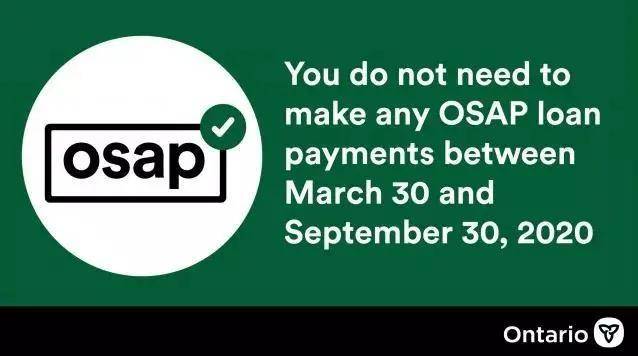Understanding Loan Principal: What You Need to Know Before Borrowing
#### Loan PrincipalThe term Loan Principal refers to the original sum of money borrowed in a loan, or the amount still owed on which the borrower pays inter……
#### Loan Principal
The term Loan Principal refers to the original sum of money borrowed in a loan, or the amount still owed on which the borrower pays interest. Understanding the concept of loan principal is crucial for anyone considering taking out a loan, whether it be for a home, a car, or personal expenses. The principal amount is the foundation upon which interest is calculated, and it significantly influences the total cost of borrowing.
When you take out a loan, the lender provides you with a certain amount of money, which is your principal. Over time, as you make payments, a portion of each payment goes towards paying down this principal amount, while another portion covers the interest charged by the lender. The relationship between the principal and interest is fundamental to understanding how loans work.
#### Importance of Loan Principal
The Loan Principal is important for several reasons. First, it directly affects the interest you will pay over the life of the loan. The higher the principal amount, the more interest you will accrue. This is why it's essential to borrow only what you need and can afford to repay.

Additionally, understanding your loan principal helps you make informed decisions about repayment strategies. For instance, if you have the option to make extra payments, doing so can reduce your principal balance more quickly, which in turn decreases the overall interest you will pay. This can lead to significant savings over time.
#### How to Calculate Loan Principal
Calculating Loan Principal can be straightforward. When you take out a loan, the loan agreement will specify the principal amount. However, if you want to determine how much principal you have paid off at any point, you can use an amortization schedule, which breaks down each payment into principal and interest components.
For example, if you have a $20,000 car loan with a 5% interest rate and a 5-year term, your monthly payments will include both principal and interest. Initially, a larger portion of your payment goes towards interest, but as you continue to pay, more of your payment will go towards reducing the principal.

#### Common Misconceptions About Loan Principal
There are several misconceptions about Loan Principal that borrowers should be aware of. One common myth is that the principal amount is the only factor to consider when taking out a loan. In reality, interest rates, loan terms, and fees also play significant roles in determining the total cost of borrowing.
Another misconception is that paying the minimum payment is sufficient to reduce the principal effectively. While making minimum payments will reduce your principal over time, it may take much longer to pay off the loan and can result in paying more interest in the long run.
#### Conclusion

In conclusion, understanding Loan Principal is essential for anyone considering borrowing money. It affects the total cost of the loan, influences repayment strategies, and impacts your overall financial health. By being informed about the principal amount, you can make better decisions and potentially save money on interest payments in the long run. Always take the time to understand the terms of your loan and how the principal fits into the larger picture of your financial obligations.